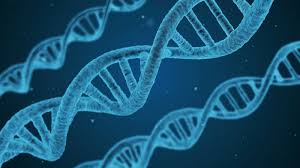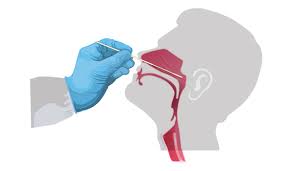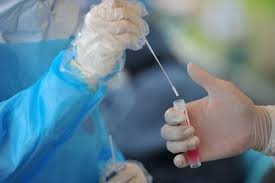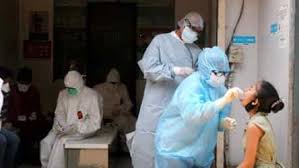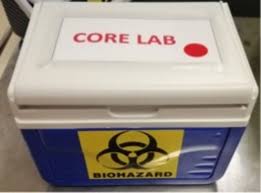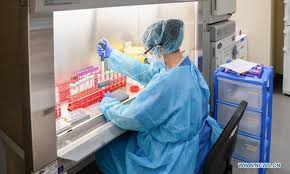What causes false-positive PCR test results?
@ClareCraigPath @PanData19
1/n https://pandata.org/a-miscarriage-of-diagnosis-dr-clare-craig/
@ClareCraigPath @PanData19
1/n https://pandata.org/a-miscarriage-of-diagnosis-dr-clare-craig/
2) The PCR test could confuse genetic material from the human genome or from other coronaviruses for SARS-COV-2.
3/n
3/n
3) Contamination at different points of the testing process “the tiniest fragment of contaminant RNA can create a false-positive test result” 4/n
5) inherent issue with the test 10/n
a) Cycle threshold: using a very high cycle threshold (>30) does not correlate with finding an infectious virus. The test is likely finding dead genetic chunks of the virus after being decimated by the immune system.
a) Cycle threshold: using a very high cycle threshold (>30) does not correlate with finding an infectious virus. The test is likely finding dead genetic chunks of the virus after being decimated by the immune system.
b) Use of single: looking for 1 genetic section of the virus instead for 2 or 3 reduces the accuracy of the test. 11/n
For example, if you are trying to identify a broken toy, you are more likely to be sure you identified it correctly if you find a leg and an arm and some hair as opposed to finding just an arm. 12/n
PCR tests are not an accurate diagnostic tool for covid 19.
Diagnosing cases should rely on using clinical symptoms confirmed by a positive test result.
PCR cycle threshold should to not exceed 30 cycles and require the detection of multiple primers. 13/n
Diagnosing cases should rely on using clinical symptoms confirmed by a positive test result.
PCR cycle threshold should to not exceed 30 cycles and require the detection of multiple primers. 13/n
Alternative tests with high specificity may be used to confirm the results. The Ct value of the test must be transparent to the doctor and patient.
Mass testing, testing of asymptomatic individuals and contact-tracing (including contact-tracing apps) should end.
14/n
Mass testing, testing of asymptomatic individuals and contact-tracing (including contact-tracing apps) should end.
14/n
Hospital testing should be limited to patients with a characteristic clinical picture and only requested if a diagnosis makes a difference in the treatment plan.
Find more recommendations in our Protocol for Reopening Society. 15/15 https://pandata.org/about/protocol-for-reopening-society/
Find more recommendations in our Protocol for Reopening Society. 15/15 https://pandata.org/about/protocol-for-reopening-society/
@threadreaderapp unroll

 Read on Twitter
Read on Twitter
